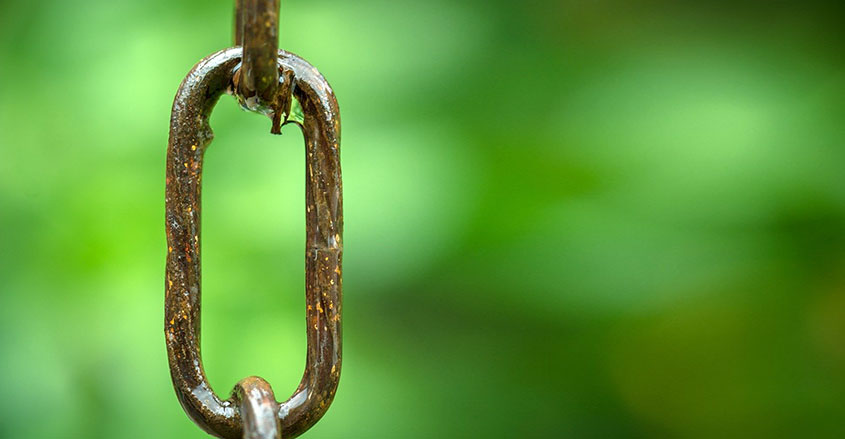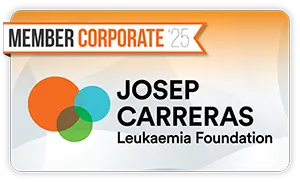Corrosion tests II: Most common types of tests

In the previous instalment of this publication we saw the definition, purpose and limitations of corrosion tests, in this instalment we will discuss the most widespread types of corrosion tests used to test metal parts coated with sacrificial metals such as Zn, ZnFe, ZnNi and Zn flakes.
SST:
The initials of this test correspond to the Salt Spray Test, currently it is perhaps the most extensive test to evaluate the quality of coatings deposited on steel parts. It consists of introducing the pieces to be tested in a chamber that is filled with mist by means of a nebulizer formed from a solution of distilled water with 5% NaCl (salt), with humidity, temperature and pH of the chamber under standardized parameters. The permanence within the SST will depend on the type of coating to be tested and the specification established by the end user of the parts. During the test, which can go from 24 h to 3000 h or more, the condition of the samples is evaluated every 24 h, and both the corrosion of the coating (WR: white rust) which will appear first, and the corrosion of the steel (RR: Red rust)
Climatic tests:
As we discussed in the previous instalment, corrosion tests cannot be correlated with the useful life of the piece-coating assembly, in order to bring the time of use and test relationship closer several years ago the automotive sector began to specify climatic tests on treated parts. For this, each manufacturer defined a unique test cycle tailored to their needs, thus creating another type of corrosion test: Climate Tests. These tests consist of cycles of usually 24 hours (1 cycle) consisting of subjecting the samples to a sequence of climatic conditions of humidity, SST and sudden temperature changes. The permanence of the samples in the climatic test chambers will depend on the applied coating, the specification of the end user and the type of test defined by each OEM, ranging from 1 to 30 cycles or more.


